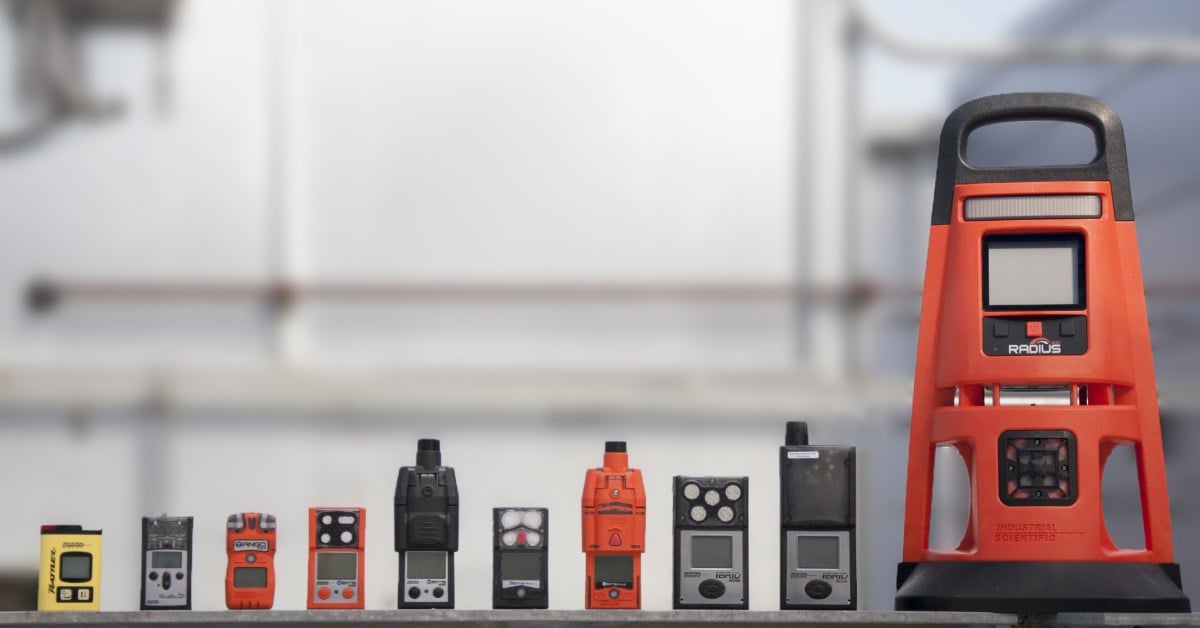In today’s industrial landscape, hazardous gases pose a significant risk to workers’ safety, the environment, and the overall operational integrity of various industries. Gas detection equipment is pivotal in mitigating these risks and preventing potential disasters.
Types of Gas Detection Equipment

Gas detection equipment encompasses a range of devices designed to identify and quantify the presence of various gases within a given environment. These devices can be categorized into several types, each catering to different requirements and conditions:
Fixed Gas Detectors
This gas detection equipment monitors designated areas for specific gases installed in fixed locations. They are commonly used in the petrochemical, refining, and manufacturing industries to provide real-time monitoring and alarm capabilities, alerting personnel when gas levels exceed predetermined thresholds.
Portable Gas Detectors
These handheld devices allow workers to carry out spot checks or move around different areas to assess gas concentrations. Emergency responders and confined space entry teams often use portable detectors, and workers must evaluate potential gas hazards in various locations.
Wireless Gas Detection Systems
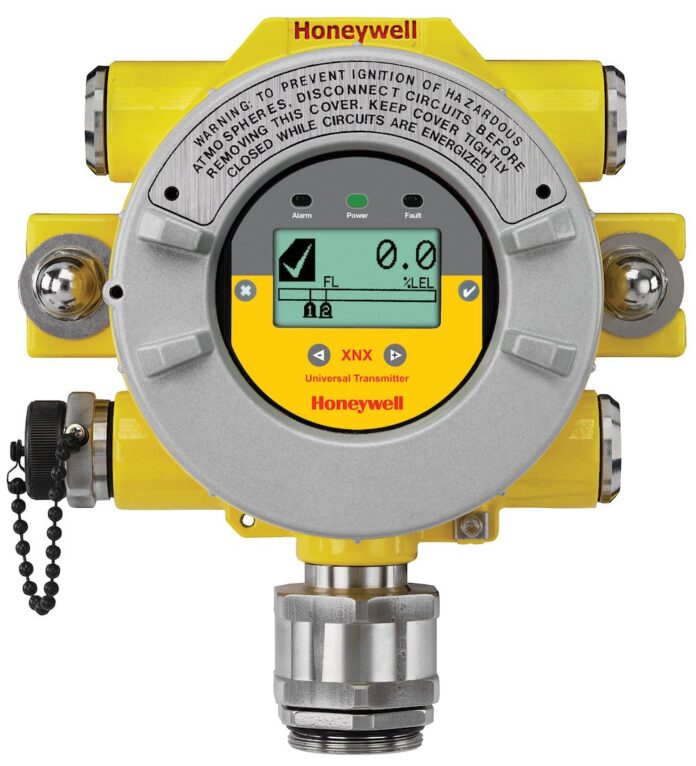
These systems offer the flexibility to deploy sensors in remote or hard-to-reach areas by leveraging wireless communication technology. They can transmit data to a central control system, providing real-time information about gas levels and potential risks.
Area Gas Monitors
These devices are designed to cover larger areas and are commonly used in facilities where the distribution of gases might be irregular. They provide a broader overview of gas concentrations in a given region.
Gas Detection Technologies
Gas detection equipment employs various technologies to detect, quantify, and identify specific gases. Some prominent technologies include:
Catalytic Bead Sensors
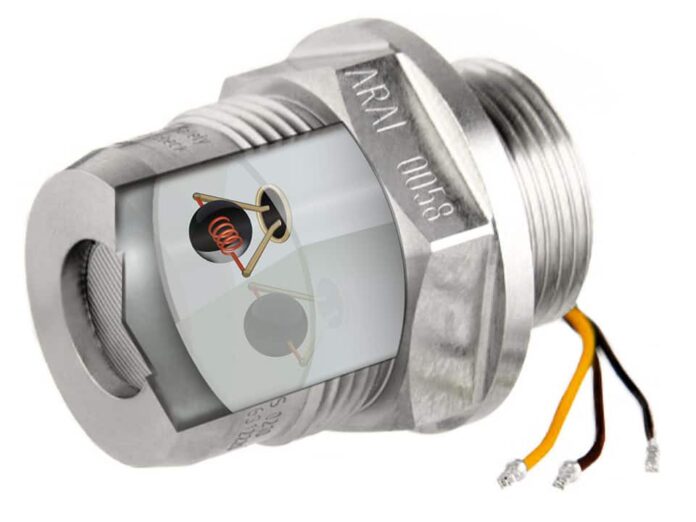
These gas detection equipment are commonly used to detect combustible gases like methane, propane, and hydrogen. They rely on catalytic oxidation, where the gas reacts with a catalyst, leading to a change in resistance that is measured and used to determine the gas concentration.
Infrared (IR) Gas Sensors
IR sensors are highly effective for detecting various gases, including hydrocarbons, carbon dioxide, and refrigerants. They work by measuring the absorption of specific wavelengths of IR light by the target gas, enabling accurate gas concentration measurements.
Electrochemical Sensors
These sensors commonly detect toxic gases such as carbon monoxide, hydrogen sulfide, and chlorine. They operate by measuring the current generated when a gas reacts electrochemically with an electrode.
Metal Oxide Semiconductor (MOS) Sensors
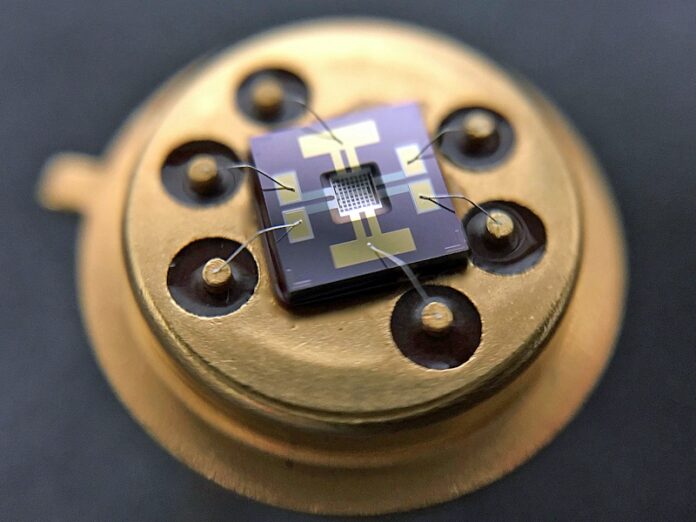
These sensors detect a range of gases, including flammable and toxic gases. They operate by changing their electrical resistance in response to the presence of a specific gas.
Ultrasonic Gas Leak Detectors
These detectors use ultrasonic sound waves to detect the sound of gas leaks, making them effective in noisy environments.
Each technology has strengths and limitations, making their selection dependent on the specific gases to be detected, the environmental conditions, and the desired accuracy.
Applications of Gas Detection Equipment
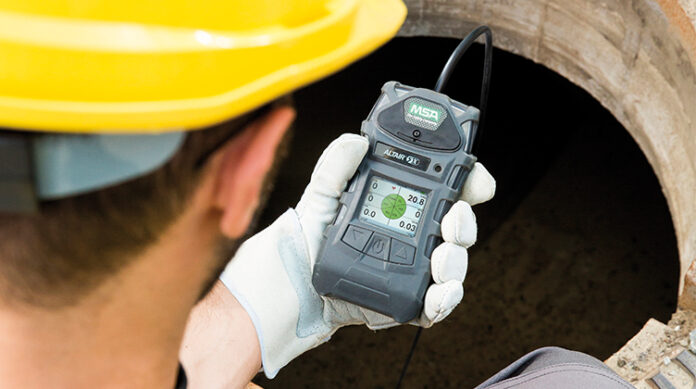
Gas detection equipment finds applications across diverse industries and environments, including:
Oil and Gas Industry
Gas detection is crucial in upstream, midstream, and downstream operations. It helps prevent gas leaks, explosions, and fires, ensuring worker safety and protecting the environment.
Chemical Industry
Chemical plants handle a variety of hazardous substances. Gas detectors monitor potential leaks, ensuring the safety of workers and nearby communities.
Mining Industry
In underground mines, the risk of methane and other combustible gases necessitates continuous gas monitoring to prevent explosions.
Manufacturing Industry
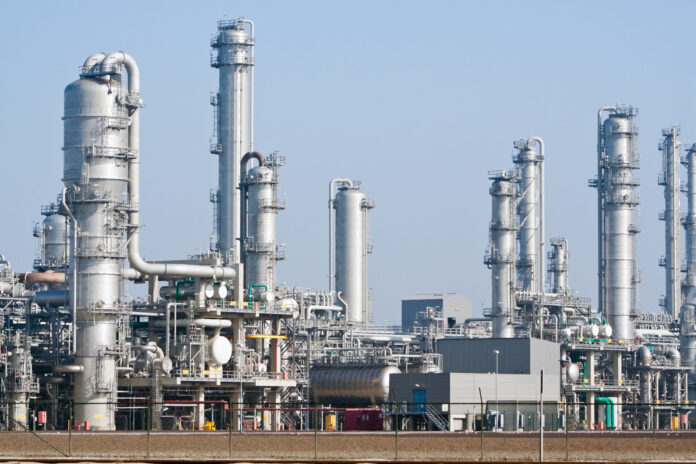
Gas detection is essential to ensuring a safe working environment and product quality, from semiconductor fabrication to food processing.
Confined Spaces
Tanks, vessels, and tunnels can pose risks due to limited ventilation. Portable gas detectors are used to assess the atmosphere before personnel enter.
Wastewater Treatment
Monitoring gases like hydrogen sulfide is crucial in wastewater treatment facilities to safeguard workers and maintain efficient operations.
Emergency Response
First responders use portable gas detection equipment to assess hazardous gas levels in emergencies such as chemical spills, fires, and industrial accidents.
Benefits of Gas Detection Equipment
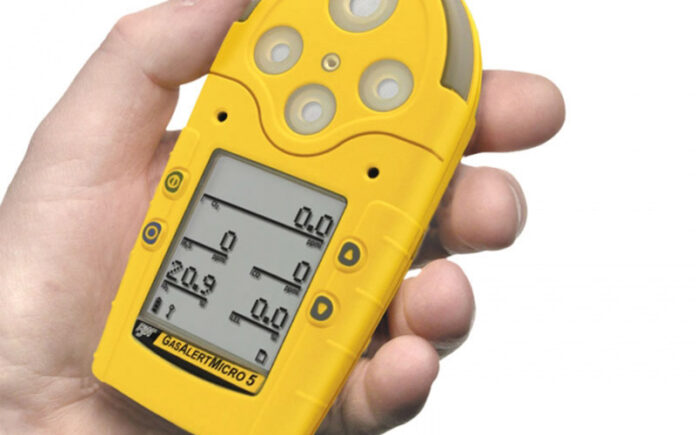
The incorporation of gas detection equipment offers numerous benefits to industries and personnel operating in hazardous environments:
Worker Safety
The primary benefit of gas detection equipment is the protection of workers’ lives. Early detection of hazardous gases allows timely evacuation or intervention, preventing potential injuries or fatalities.
Environmental Protection
Gas leaks can have severe environmental consequences. Gas detection equipment helps prevent the release of harmful gases into the atmosphere, soil, or water bodies.
Operational Continuity

Gas leaks or explosions can disrupt operations and lead to downtime. Gas detectors mitigate these risks, ensuring uninterrupted production and minimizing financial losses.
Regulatory Compliance
Many industries are subject to strict safety regulations regarding gas exposure limits. Proper gas detection equipment ensures compliance with these regulations, avoiding legal issues and fines.
Risk Mitigation
Identifying potential gas hazards before they escalate reduces the likelihood of accidents, minimizing property damage and liability.
Data Collection and Analysis
Gas detection systems often provide data logs that can be used for trend analysis, helping organizations identify patterns and improve safety protocols.
Emergency Response
Gas detectors provide critical information for emergency responders, enabling them to take appropriate measures in hazardous situations.
Challenges and Future Developments
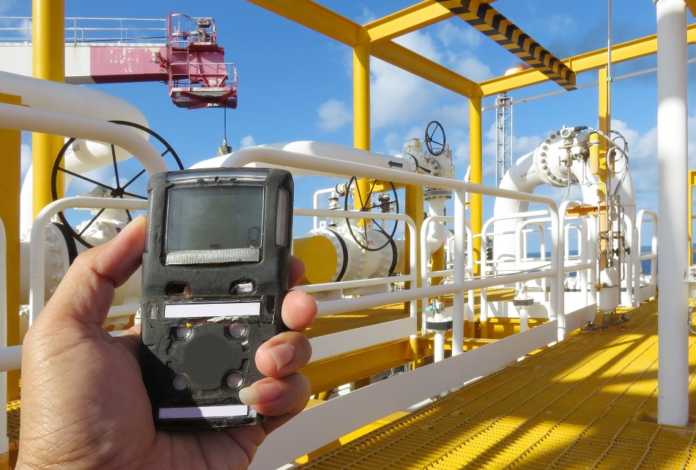
While gas detection equipment has come a long way in enhancing safety, several challenges and future developments are worth noting:
Sensor Calibration and Maintenance
Regular calibration and maintenance are essential to ensuring the accuracy and reliability of gas detection equipment. Over time, sensors can drift or degrade, affecting their performance.
Sensor Specificity
Some gases can be challenging to differentiate due to similarities in their chemical properties. Improving sensor specificity for complex gas mixtures is an ongoing challenge.
Miniaturization and Portability
Advancements in sensor technology aim to make detectors more compact and portable without compromising accuracy or functionality.
Real-time Monitoring and Data Analytics
Integrating gas detection equipment with advanced data analytics can provide real-time insights, predictive modeling, and anomaly detection, enhancing safety measures.
Conclusion
Gas detection equipment is a critical line of defense against potential disasters in hazardous environments. By employing a range of detection technologies and device types, industries ensure the safety of their workers, protect the environment and maintain operational continuity. Continuous advancements in sensor technology and data analytics are poised to further enhance the effectiveness of gas detection equipment, offering more comprehensive monitoring and improved response capabilities. In a world where safety and sustainability are paramount, gas detection equipment remains indispensable for securing lives.

